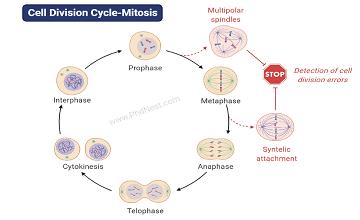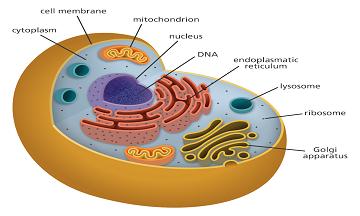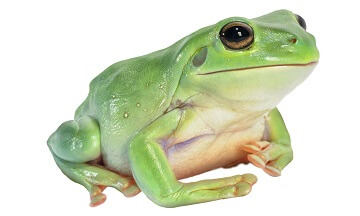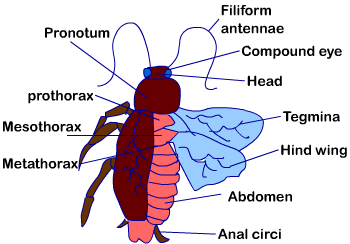Transportation In Plants: Concepts, Active and Passive Transport, Xylem, Phloem
What is Transportation in Plants ? Transportation is a vital process in plants. Trees transport all the nutrients and water it needs for survival from its roots to the tips of the leaves. In the case of transportation in plants, the biggest constraint is water as it ends up being a limiting factor in growth. To … Read more








